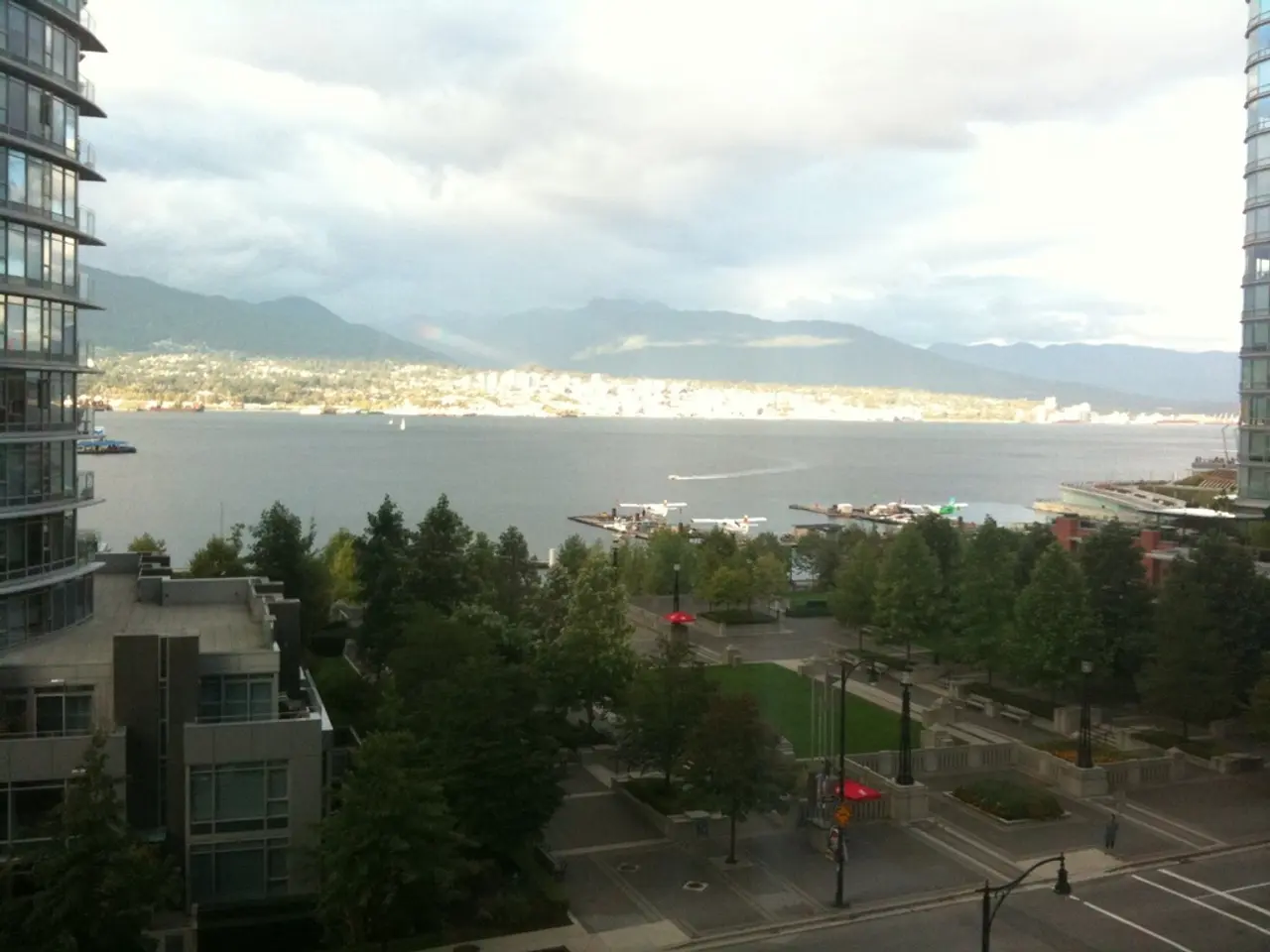Coast of Florida: Overlooked and Unspoiled Region
In the Florida Panhandle, a stretch of coastline known as the Forgotten Coast, the Apalachicola River and Bay area has faced significant ecological and cultural challenges over the years. From tourism and gentrification to environmental disasters like the BP oil spill, the region has had to navigate a complex web of issues to protect its delicate ecosystems and preserve its unique cultural identity.
The ecological sensitivity of the Forgotten Coast is critical, with the Apalachicola River and Bay system recognised as a vital natural and economic resource. Supporting fisheries such as oysters that are foundational to local livelihoods, the area has been threatened by proposed oil drilling, which risks contamination of water supplies and habitats, including the Floridan aquifer, a major source of drinking water for much of Florida.
However, following public outcry and ecological concerns, Florida Governor Ron DeSantis signed a law in June 2025 banning oil drilling within a protective boundary around the Apalachicola River and Bay. This legislation underscores the area's status as an "Outstanding Florida Water" and aims to prevent long-term pollution and habitat degradation. The move followed an administrative law judge's ruling against exploratory drilling, highlighting legal and environmental safeguards now in place to protect the ecosystem.
Despite these protections, recent events such as municipal water crises caused by storm damage to filtration systems have spotlighted vulnerabilities in local infrastructure and the ongoing human impact on water quality.
The Forgotten Coast retains a distinct cultural identity tied closely to its natural environment and traditional industries like fishing. Local communities are actively engaged in protecting their resources, as seen in advocacy by groups such as the Apalachicola Riverkeeper. Tourism continues to be a growing factor, bringing both economic opportunities and challenges, including gentrification pressures that can alter community dynamics and access to traditional waterfront resources.
The BP oil spill in 2010 had long-term ecological and economic effects on the Gulf Coast, including the Forgotten Coast, damaging fisheries and beaches that underpin the local culture and economy. While not explicitly detailed in the recent search results for 2025, the legacy of the spill remains an important backdrop to current environmental protections and community activism in the region.
One such enclave within the Forgotten Coast is Cedar Key, located at the far south end of the region. Known for its sugar-like white sand beaches, great architecture, and opportunities for wildlife viewing, Cedar Key offers a remarkable relic of Old Florida. The enclave has not endured the tourism pressures of much of the rest of the Gulf Coast and, for now, retains a high degree of integrity in both cultural and environmental aspects.
However, the BP oil leak poses a threat to the cultural and environmental integrity of Cedar Key, and the enclave may experience long-term ecological impacts due to the spill. Despite these challenges, Cedar Key maintains a small-town flavour and local culture, with good local food available and development remaining appropriate in scale. Visitors can also learn more about the local environment and conservation efforts through local environmental NGOs and the Marine Research Station.
As the new Panama City airport brings new growth pressures to the region, it remains to be seen how the Forgotten Coast will continue to balance its commitment to conservation with the need for economic development. One thing is certain: the communities of the Forgotten Coast will continue to fight to protect their unique ecosystems and cultural heritage for future generations.
- The Forgotten Coast, with its protected waterways and rich wildlife, is a critical region for both environmental science and travel, offering opportunities for wildlife viewing and learning about conservation efforts.
- The Apalachicola River and Bay area,Recognized for supporting foundational fisheries and considered a vital natural and economic resource, faces ongoing threats from climate-change, habitat degradation, and infrastructure vulnerabilities.
- Local communities along the Forgotten Coast, such as Cedar Key, are actively working to preserve their cultural identity tied to the natural environment, despite challenges posed by gentrification, tourism, and environmental disasters like the BP oil spill.
- In response to public outcry and ecological concerns, Florida Governor Ron DeSantis signed a law in 2025, creating a protective boundary around the Apalachicola River and Bay to prevent long-term pollution and habitat degradation, highlighting the importance of environmental-science and legal safeguards to protect delicate ecosystems.
- As the new airport in Panama City brings economic opportunities to the Forgotten Coast, the communities will need to navigate a complex web of challenges, balancing the need for development with their commitment to preserving unique natural and cultural resources for future generations.




